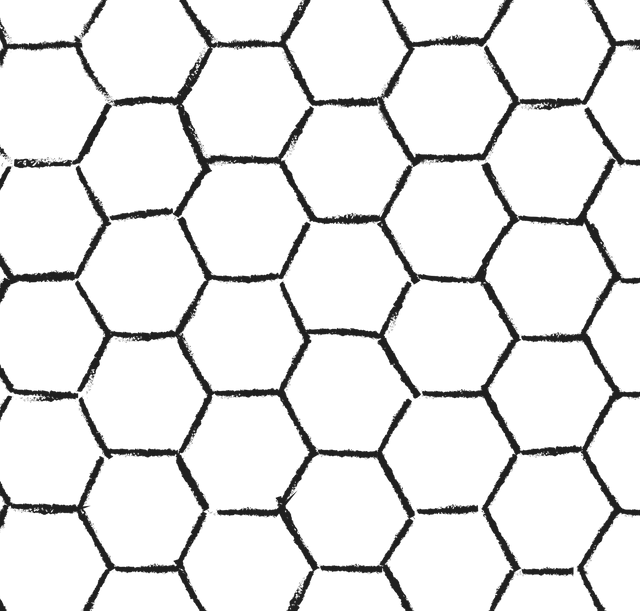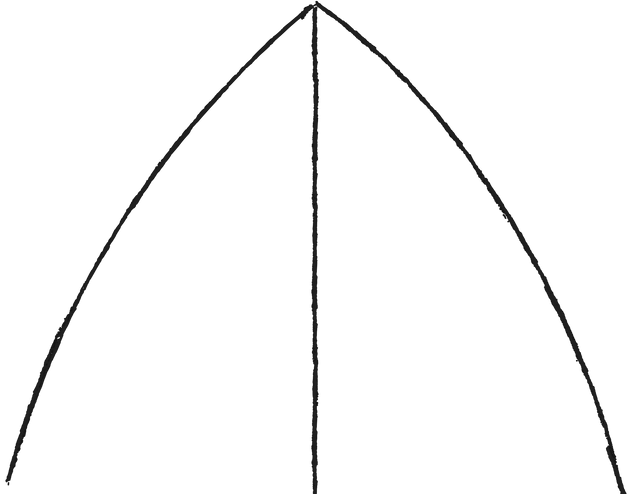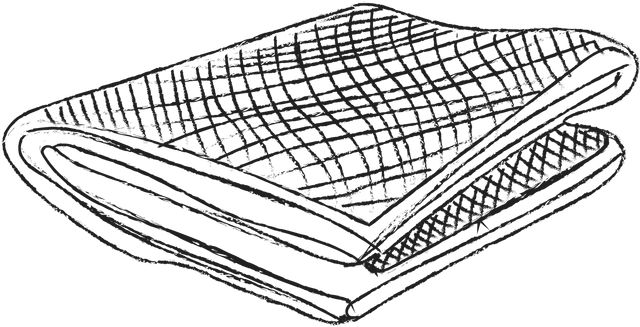board construction

other strengthening materials

a) C a r b o n F i b r e
Using carbon fibre during the manufacturing process offers a strong and ding resistant surfboard. This means life expectancy of your board will be greatly extended.
b) B a m b o o
Apart from providing additional strength, being environmentally friendly is a great benefit. Bamboo is light, durable and offers greater resistance to dings.
foam type

All surfboards utilise an inner foam core to ensure the end product has sufficient buoyance. Foam cores are shaped and refined from a foam blank and made of two foam types:
a) P o l y u r e t h a n e (PU)
b) P o l y s t y r e n e (EPS)
(PU is a heavier foam compare to EPS)
stringer

This acts as the back bone or spine of the surfboard, providing extra strength and rigidity. Stringers can be made from wood types such as bamboo, balsa, paulownia/play or PVC.
fibreglass cloth

Foam is too weak on its own so a fibreglass cloth is added as a layer (or 2 or 3) to the entire board both on top and at the bottom.
resin

a) P o l y e s t e r R e s i n
This is a cost effective option, however this is more susceptible to cracks and dings. (used with PU foam blanks)
b) E p o x y R e s i n F i b r e g l a s s
This is more resistant to cracks and dings but is a more expensive option. This option is suitable to XPS and EPS blanks to keep them from breaking or dissolving.
other strengthening materials

a) C a r b o n F i b r e
Using carbon fibre during the manufacturing process offers a strong and ding resistant surfboard. This means life expectancy of your board will be greatly extended.
b) B a m b o o
Apart from providing additional strength, being environmentally friendly is a great benefit. Bamboo is light, durable and offers greater resistance to dings.
foam type

All surfboards utilise an inner foam core to ensure the end product has sufficient buoyance. Foam cores are shaped and refined from a foam blank and made of two foam types:
a) P o l y u r e t h a n e (PU)
b) P o l y s t y r e n e (EPS)
(PU is a heavier foam compare to EPS)
stringer

This acts as the back bone or spine of the surfboard, providing extra strength and rigidity. Stringers can be made from wood types such as bamboo, balsa, paulownia/play or PVC.
fibreglass cloth

Foam is too weak on its own so a fibreglass cloth is added as a layer (or 2 or 3) to the entire board both on top and at the bottom.
resin

a) P o l y e s t e r R e s i n
This is a cost effective option, however this is more susceptible to cracks and dings. (used with PU foam blanks)
b) E p o x y R e s i n F i b r e g l a s s
This is more resistant to cracks and dings but is a more expensive option. This option is suitable to XPS and EPS blanks to keep them from breaking or dissolving.
other strengthening materials

a) C a r b o n F i b r e
Using carbon fibre during the manufacturing process offers a strong and ding resistant surfboard. This means life expectancy of your board will be greatly extended.
b) B a m b o o
Apart from providing additional strength, being environmentally friendly is a great benefit. Bamboo is light, durable and offers greater resistance to dings.






